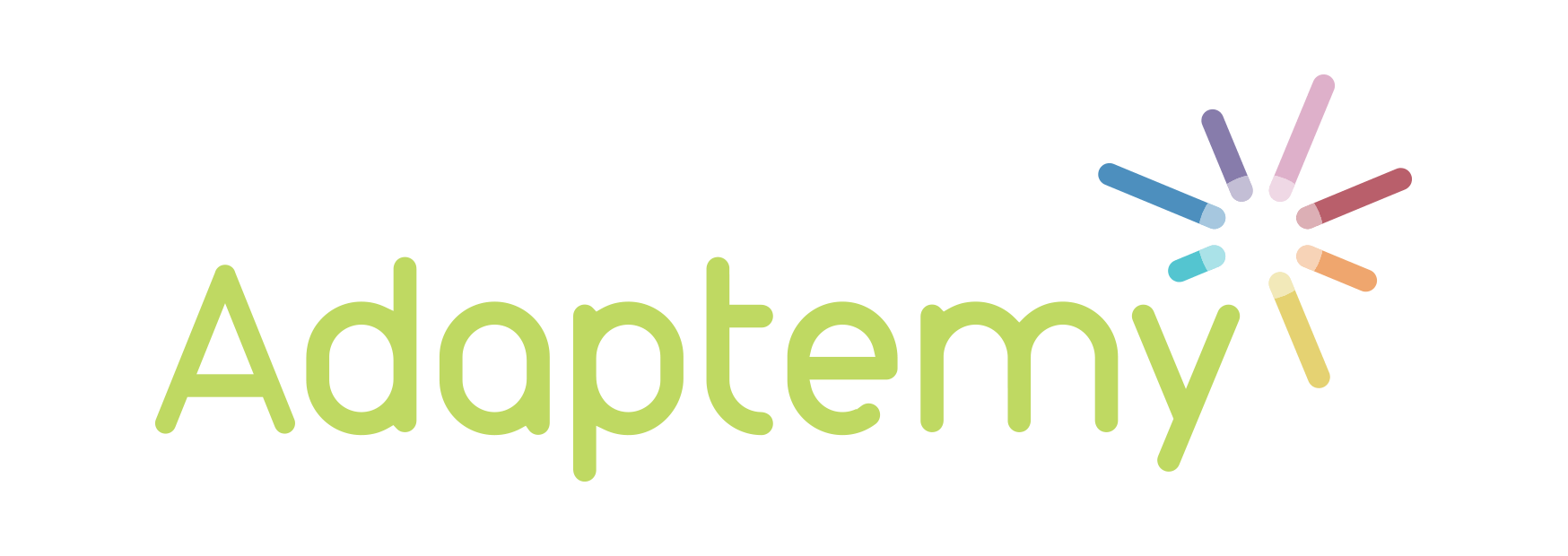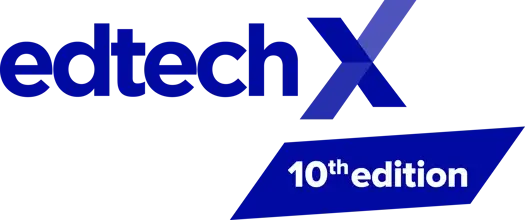
Educators who have never incorporated digital solutions into their classrooms tend to have similar ideas about EdTech, particularly in relation to its perceived negatives. However, many of these beliefs are founded on little or no solid evidence and serve only to prevent teachers from embracing the future of education and embarking on their EdTech journeys. Dispelling the most common EdTech myths will clear a path for the advancement of technology in education, and as such educators who have not yet experienced using digital solutions to empower themselves and engage their students should consider the points below and allow their reservations about EdTech to be lifted.
Myth 1: EdTech is inaccessible
The belief that only schools with many resources, students with high ability levels, and teachers of subjects with clearly defined curricula have access to EdTech is as widespread as it is unfounded. One important type of tool in busting this particular EdTech myth is adaptive learning solutions, which can be used by all educators and learners to deliver improved educational outcomes. These resources are not limited to certain types of schools, students, or teachers because they collect large amounts of data about individuals and use it to provide personalised learning experiences. Technology in general is becoming more advanced and less expensive, meaning that the accessibility of such EdTech solutions is steadily increasing. As such, school leaders who have not begun to develop and implement digital strategies will inevitably fall behind as more and more schools invest in digital solutions for their students and enjoy enhanced learning outcomes as a result.
Myth 2: EdTech is unnecessary
Some educators have decided that digital solutions are nothing but a phase that will make no lasting impact on the future of education. However, this view fails to acknowledge the integral role that technology will soon play in every aspect of our lives. All educators strive to achieve the fundamental goal of delivering improved learning outcomes and, as I emphasised in a recent post, EdTech is invaluable in reaching this goal. Every teacher must be empowered and every student must be engaged, and technology serves to meet each of these needs simultaneously. Those who dismiss EdTech as a novelty that adds nothing fundamental to education should consider the importance of its potential to achieve education’s fundamental goals.
Myth 3: EdTech is disruptive
Resistance to change is a widespread phenomenon, particularly among educators. As such, incorporating digital solutions into the classroom has come to be seen as a somewhat disruptive process. Evidence to the contrary was provided by my interview with Kathleen Molloy, a teacher who used an adaptive learning solution once weekly for a year and emphasised that “[her] teaching and the Adaptemy programme go very well together”. The best EdTech solutions integrate seamlessly into a teacher’s normal routine soon after they are adopted, and teachers who find that their class is continually disrupted by technology may be using solutions that are unsuited to their needs.
Myth 4: EdTech is different to other resources
Although EdTech solutions present teachers with a new set of resources, these solutions are not fundamentally different to traditional resources such as textbooks. EdTech is Education Technology and, although it is more effective than any other type of resource, teachers are still teachers, students are still students, and learning is still learning. As mentioned above, the goal of education has always been and will always be to deliver improved learning outcomes. Resources have always been available to assist educators in achieving this goal, and the only difference between EdTech and resources such as textbooks is that EdTech empowers teachers and engages learners much more effectively.
Myth 5: EdTech is ‘special’
While EdTech is certainly new and exciting, educators and students who believe that it is somehow ‘special’ will hinder their own journey into the field. Classrooms into which digital solutions are not fully integrated and accepted after an initial period of adjustment can never fully embrace technology because it will always be seen as different and alienating. Technology has been normalised in many areas of life, with handwritten letters often seeming more ‘special’ than emails, and this normalisation must also take place in education so that educators can really make the most of the exciting and innovative EdTech developments that are happening in the field every day.
Dispelling the above myths is an important step towards the future of education, and as such educators should consider embarking on their own EdTech journeys. Tweet us @adaptemy and join the EdTech mythbusting!


